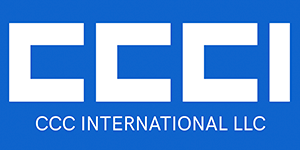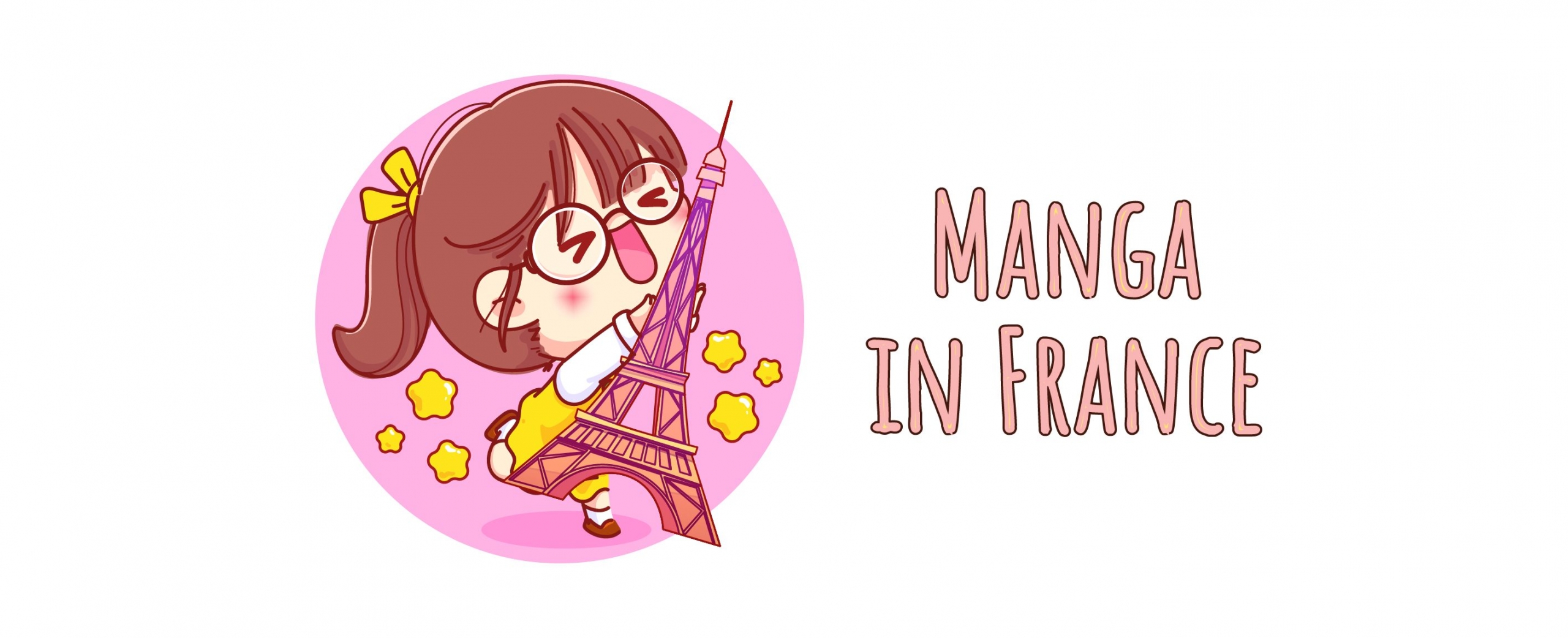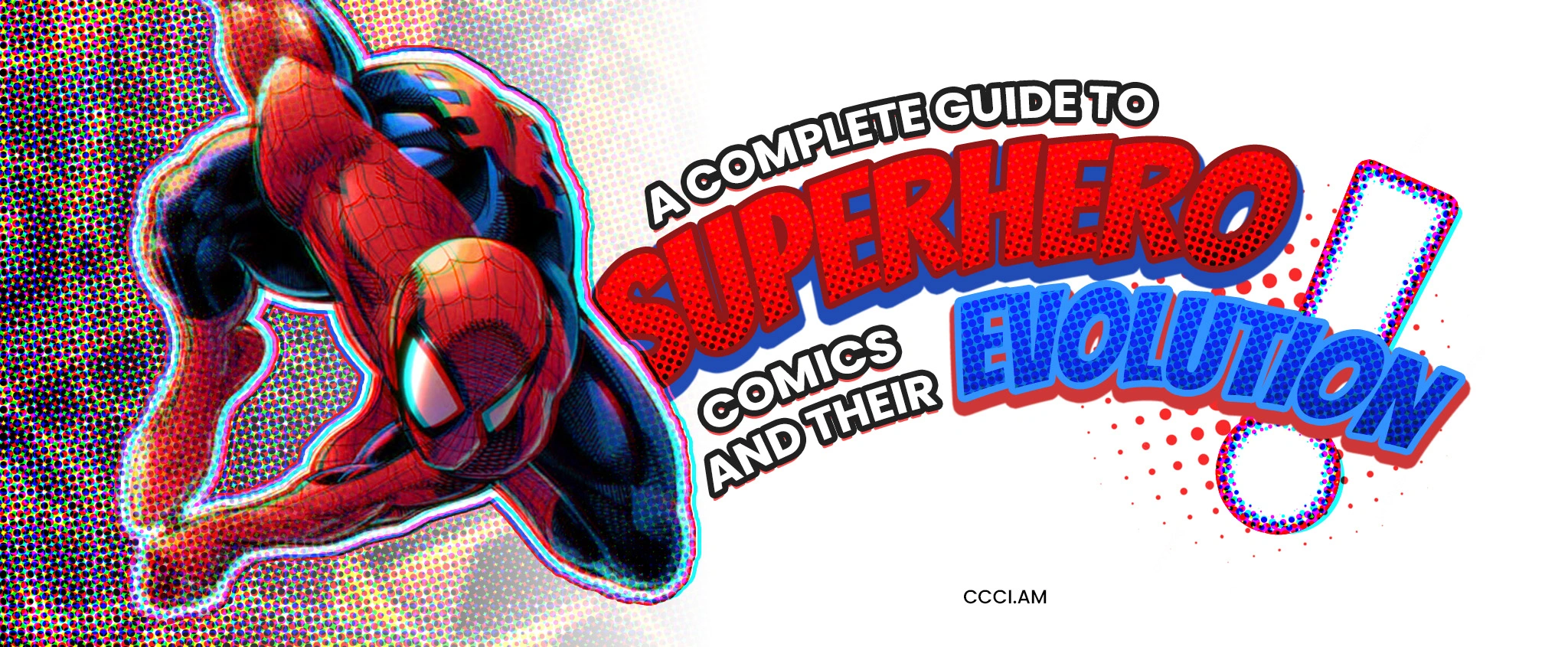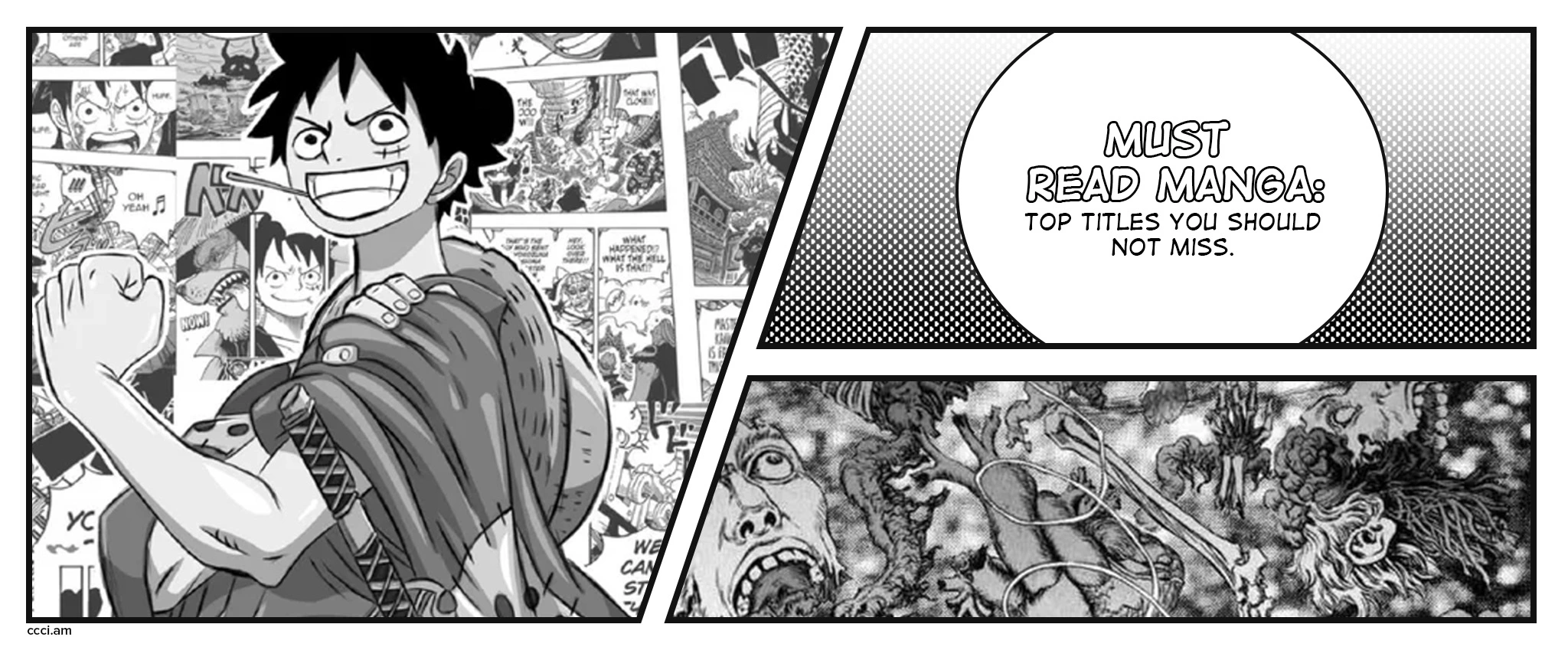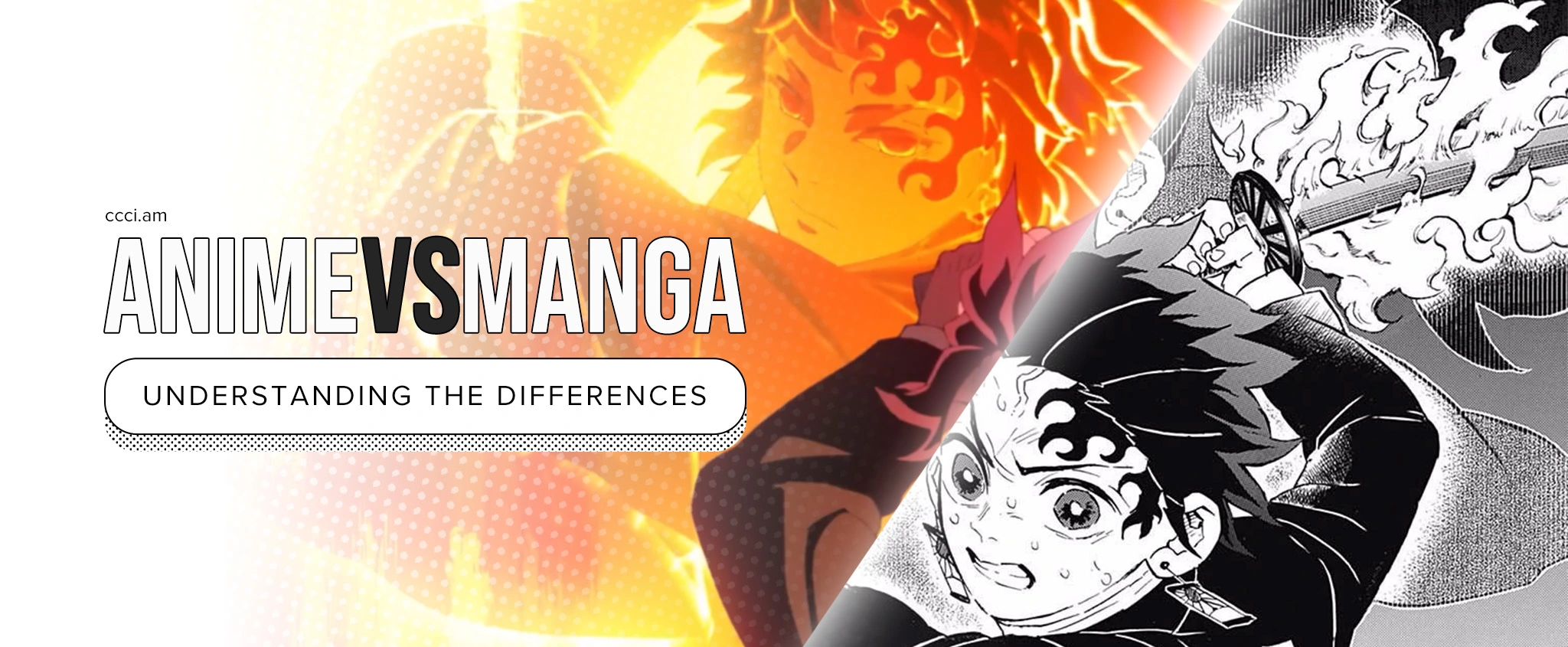Manga in France
French, the language of the art and culture capital of the world
In recent years, the demand for and popularity of the French language has increased. Experts predict that by 2060, there will be 767 million French speakers in the world. This article will zoom in on the importance of translating and localizing projects into the French language, specifically Japan’s cultural crusader: manga. Manga is considered one of the most consistently growing sources of entertainment in France.
Before we delve into the details about manga in France, here are some quick facts about the French language, reasons why every business should consider localizing into French if it aspires to globalize:
- French is considered the second most spoken language in Europe and is popular for being the language of LOVE.
- More than 45% of the English language is extracted from French, with its Germanic heritage.
- 29 countries’ mother tongue is in French.
- When translating a document from English into French, one would often need to add from 10-15% more words in French; additional words are necessary to express it the same way in French.
How manga culture started in France
In the late 70s, manga played a major role in the arts and cultural exchange between Japan and France. But as in many other countries, manga didn’t assimilate into France’s mainstream reading audience first. Anime paved the way for the rise of Japanese culture popularity, including manga, when it was viewed on national TV in France in the mid-70s. After that, around 1977 to 1988, Dragon Ball and Sailor Moon aired on TV. Print versions of the series grew in popularity along with the animated versions, thus instigating the rise of manga popularity in France.
Even though the French manga market experienced a slight downturn in the 90s due to widespread disapproval towards its purported depiction of violence, it slowly started to regain strength in the early 2000s when manga began to be sold in restaurants in Paris, supermarkets, and specialty stores like Hayaku Shop, Manga Shop Little Tokyo, Manga Toys, Manga Neko, and Manga Space.
Manga sales and top manga series in France
France undoubtedly has a long history of graphic novels and comics as evidenced by its very own bande dessinée (drawn strips) culture. Thus it comes as no surprise that manga has been well received in the country. Its fame was partly attributable to the French translation and localization works done by a company called Glénat, which was responsible for localizing two of the most popular manga series in the country and in the world: Dragon Ball Z and One Piece. Today, Dragon Ball and One Piece are popular not only as manga and anime series but also as mobile games, especially in France.
CCC International works with major Japanese manga and game publishers providing high-quality creative translation, localization, typesetting, and game customer support works in French and other major languages such as German, Arabic, English, Spanish, Italian, Russian, and Portuguese.
In 2017, the total number of manga volumes that have been sold in France totaled an all-time high of 16.6 million. With this rate, manga accounts for 38% of all comics sold in France. In 2018, 1693 volumes have been published in France. As for the best-selling titles among these, we list the top 13 series below:
One Piece
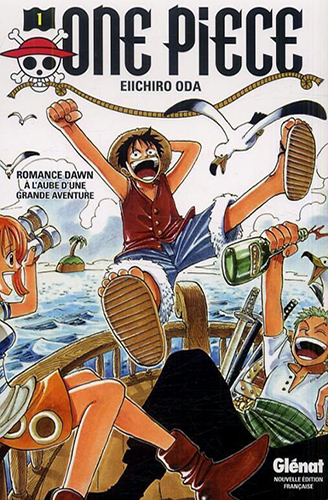
Fairy Tail
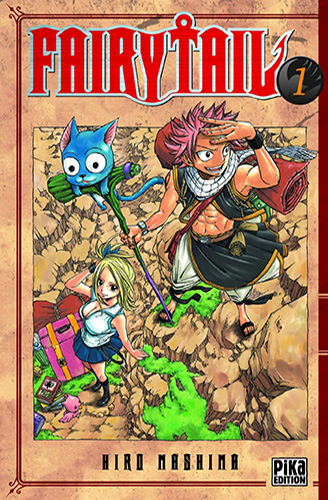
My Hero Academia
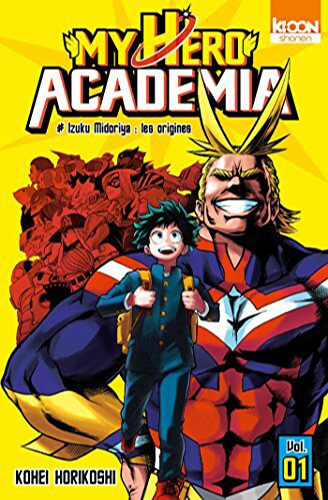
Dragon Ball
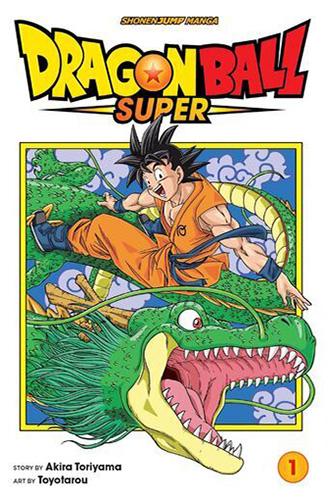
Naruto & Boruto

One-Punch Man
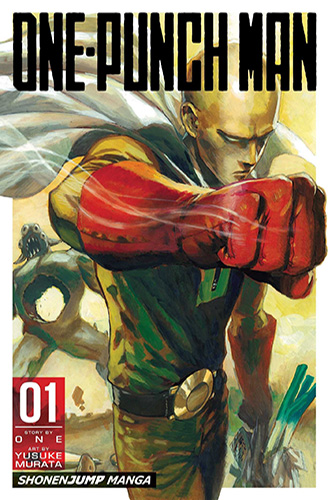
Tokyo Ghoul & :Re
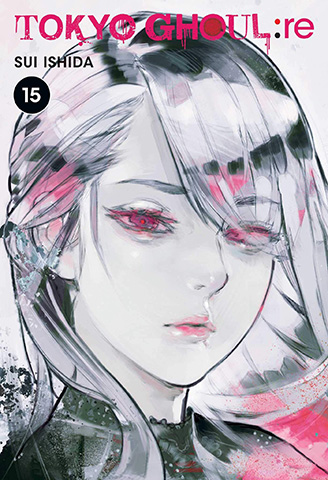
Shingeki no Kyojin

Berserk
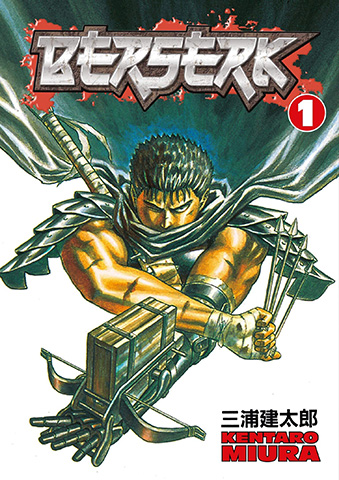
The Promised Neverland
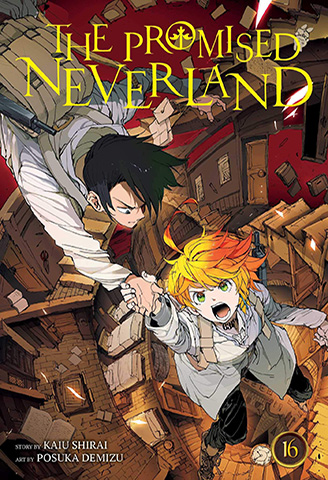
Black Clover
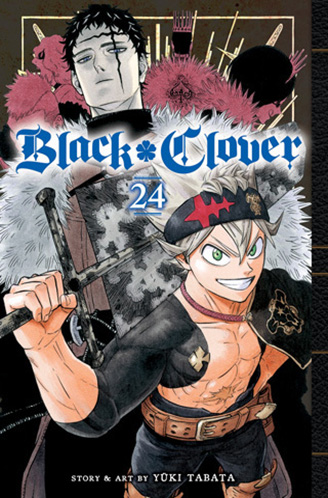
Nanatsu no Taizai

Assassination Classroom
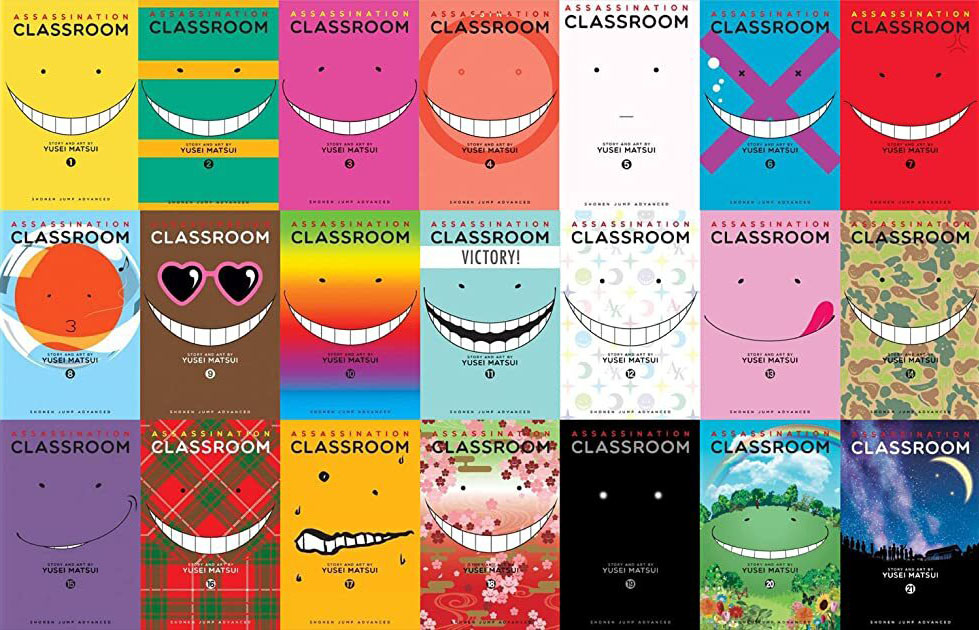
Manga often has 80 to 90 volumes serialized and is released regularly in Japan. Afterward, they are compiled and published in books or tankōbon. These compilation books translated into French have become a hit in France and have propelled Japanese entertainment and culture’s popularity further.
Manga reader profile in France
There are two types of manga readers: the casual and the avid reader. The former would often consume manga on weekends or a few hours a week, while the latter would read on a daily basis. Here are some interesting demographics of both casual and avid manga readers in France and their favorite series.
Dragon Ball Z: 43% of Dragon Ball Z series fans are aged 18 to 35 old people, and 55% are aged 35 to 64.
Death Note: 29% are aged 18 to 35, and 17% are 35 to 64 years old.
Naruto: 13% of Naruto series fans are 18 to 35 years old and 21% are 35 to 64.
One Piece: 25% of its readers are aged 35 to 64 years old.
Casa Closed: 9% of Casa Closed series fans are aged 18 to 35; it is not very popular among ages 35 to 64.
Attack On Titans: 6% of its fans are aged 35 to 64.
Bleach: 13% of Bleach series fans are aged 18 to 35 years old, but it is not very popular to ages 35 to 64.
Translating your comics into French
France is without question one of the main art, entertainment, and culture importers and exporters of the world, be it games, comics, or other literature. As they have been long-time consumers and producers, any publisher or artist would need to pay careful attention when localizing content into French, taking into consideration all language nuances, art sensibilities, and cultural norms of the country to reach the audience’s standard and achieve success in the market.
CCC International, with its bilingual specialists having studied France for several years and native speakers who know the language and culture by heart, is ready to bring your comics alive in France and other Francophone countries and communities.
Read also about European comics market, K-dramas based on popular webtoons, and manga in Germany.
